At home, at school, and in virtually every environment experienced, young children soak up the world around them and gain knowledge through exploration of the senses. Sensory experiences forever imprint on our long term memory and shape the way we view the world. Therefore, it is especially meaningful to perpetually engage the senses of a young child in a variety of positive and wondrous ways.
Obviously, we can engage the senses of our children at home through any variety of everyday tasks, such as cooking in the kitchen, folding laundry, listening to music, stacking blocks, and so on, which encourages exploration of the senses, including the tactile sense (touch), auditory sense (sound), gustatory sense (taste), olfactory sense (smell), and visual sense (sight)! However, as parents, most of us are fully aware of those exciting times at home when your kids need a little something “extra” to engage their bodies and minds, and to absorb that exciting energy in a healthy way! As such, every parent may want to have a couple of extra special go-to’s for those crazy days that call for some oober-sensory play!
There are unending possibilities for “oober-sensory” experiences in nature (gardening, nature hikes, puddle jumping, etc.) but today, we wanted to share our ideas on the increasingly popular MUD KITCHEN! This exciting type of play is a simple area for mixing mud and other items, “cooking”, “brewing”, and concocting of all sorts! Mud Kitchen play cators to your child’s inner chef, mommy, scientist, witch/wizard, doctor, and everything in between. Creating an awesome Mud Kitchen space may seem daunting, but its a lot easier than you may think to set up at home! So here our Our DIY Mud Kitchen Ideas!
To start, decide on an area for your mud kitchen, and a functionality for it that suits your family. If you have a large yard with ample space, or multiple children with different needs and schedules, you may like the idea of “fashioning” something semi-permanent. Utilizing recycled or unfinished wooden panels, pallets, crates, troughs, barrels, or fencing are all great options. Plan out a general shape for your kitchen area (which is essentially nothing more than a counter top or bin/sink style work space. Then place and secure. As long as the work area is level and stationary (to where the work space will not easily wobble, tip over, slide, break, or create spaces to pinch fingers), it doesn’t really matter whether you are using a hammer and nails or simply placing pieces neatly. From there, determine whether you will cut out holes in your work surface to place bowls inset, or whether your bowls and other work materials will be placed on top. If you’d like the inset option, measure the circumference at the level you’d like the bowl to sit within the wood, and use a jigsaw to cut the same size holes out in the wood surface where the bowls will be stationed.
(Please be sure you utilize power tool safety guidelines or seek out the help of a handy man for assistance if necessary!) Lastly, sand down any areas with extensive risk for splintering!
For those with a small yard used for a variety of pastimes, maybe something temporary and unfixed will be a better option for you. A set up as simple as displaying a variety of loose bowls in all sizes (on the ground or on a patio table top) is perfectly sufficient! Utilize bowls that are big enough for mixing, and use glass only as needed. Steel/ Aluminum bowls, as well as wooden bowls are ideal options! Additionally, if your mud kitchen will be placed in/on more natural (less maintained) landscape, it may not need a cleaning very often. However, if you are setting up on concrete, pavers, or very regularly groomed landscape, you will want to make sure you set up with easy cleanup in mind! Think easily lifted/removable items, close proximity to a hose with a jet spray attachment, etc.
Next comes the fun part! Plan out your “kitchen supplies” based on what your children love to work with and love to create! Think about how your child engages in pretend play, and what tools or materials might encourage this sort of play through use of props or representations! Below is a list of supplies that can be used for a number of purposes!
Mud Kitchen Materials Checklist:
- Kitchen Tools for Mud “Processing”, such as strainers, grater, rolling pin, potato masher, spatulas and spoons (both solid and slotted), whisk, baster, mortar & pestle, etc. You may even like to purchase or fashion hooks nearby to hang spoons and other tools for a kitchen-style feel!
- Loose Pans. Beyond the bowls mentioned above which will hold the Mud, have a cake pan, bundt pan, muffin cups, soup pot, or serving plate/bowl/glass(es) available for cooking and serving vessels.
- Laboratory Items: beaker & Bunsen burner style objects (avoiding glass as much as possible), vials, as well as tubing, tweezers, goggles, mixing wands, medicine droppers, etc. all make for exciting chemistry!
- Painted Rocks! It is incredibly affordable and inspiring to pick up a few river rocks (5-20 ish) to paint in any theme you want! The children can use them as props that have been tailored custom to their play needs! We chose a food theme, but rocks can also be painted as animals, colors, undersea objects, stars & planets, flowers, jewels or gemstones, etc. Use permanent paint- NOT wash off! We used Acrylic.
- Loose parts- play animals, “dinosaur bones”, jewels & gemstones, buttons, glass beads, corks, knobs & bobbles, feathers, nuts, bolts, gears, etc. Thoughtfully display parts in a sorter tray, jars, or other vessel that keeps them separated. Allow and encourage the children to select parts for a purpose, using only as needed to represent something!
- Natural Materials, to be used as much as desired! We used feathers, sticks, seashells, and sand. Pinecones, wood slices, flowers, leaves, rocks, seeds, straw, herbs, gravel, etc. all work too- your options are limitless. Place each material artfully within the space, in its own bowl, tray, or area.
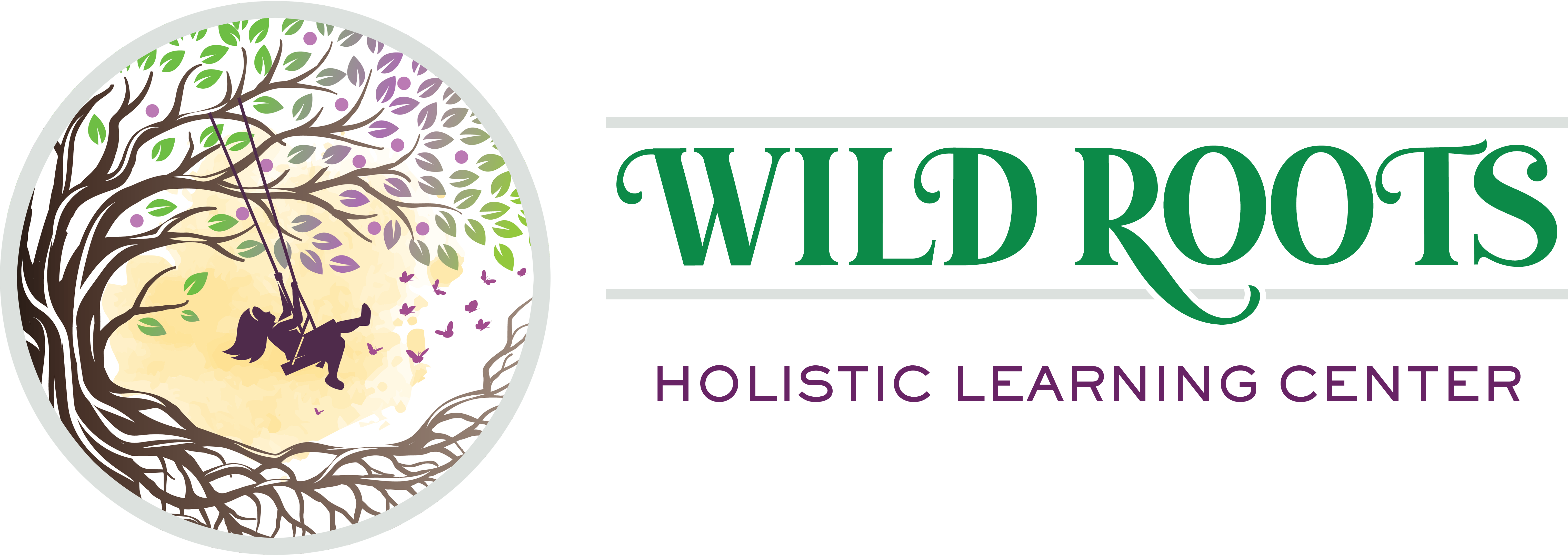
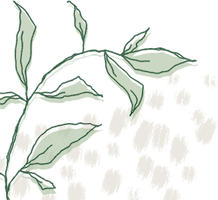
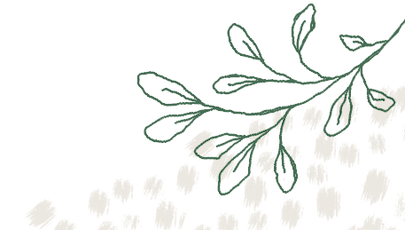
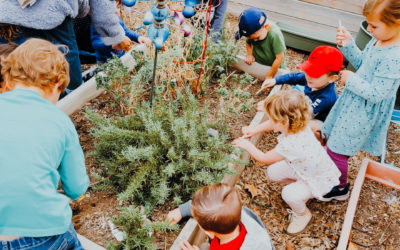

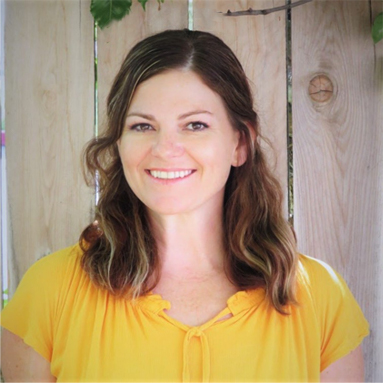
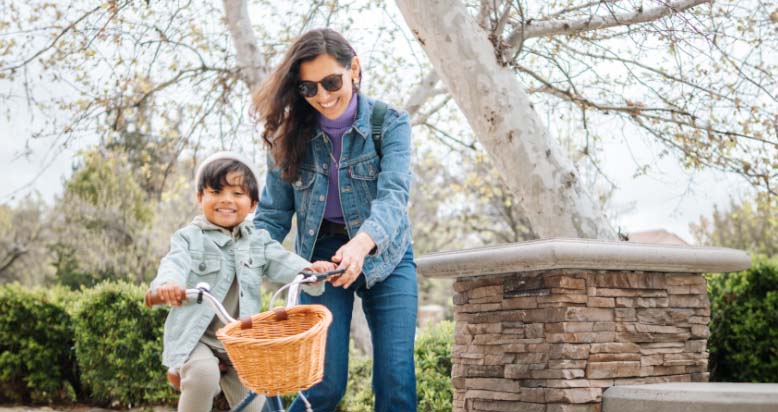
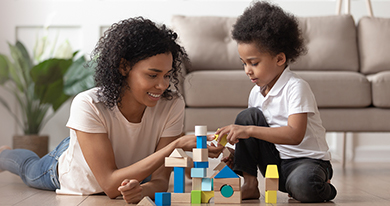
0 Comments